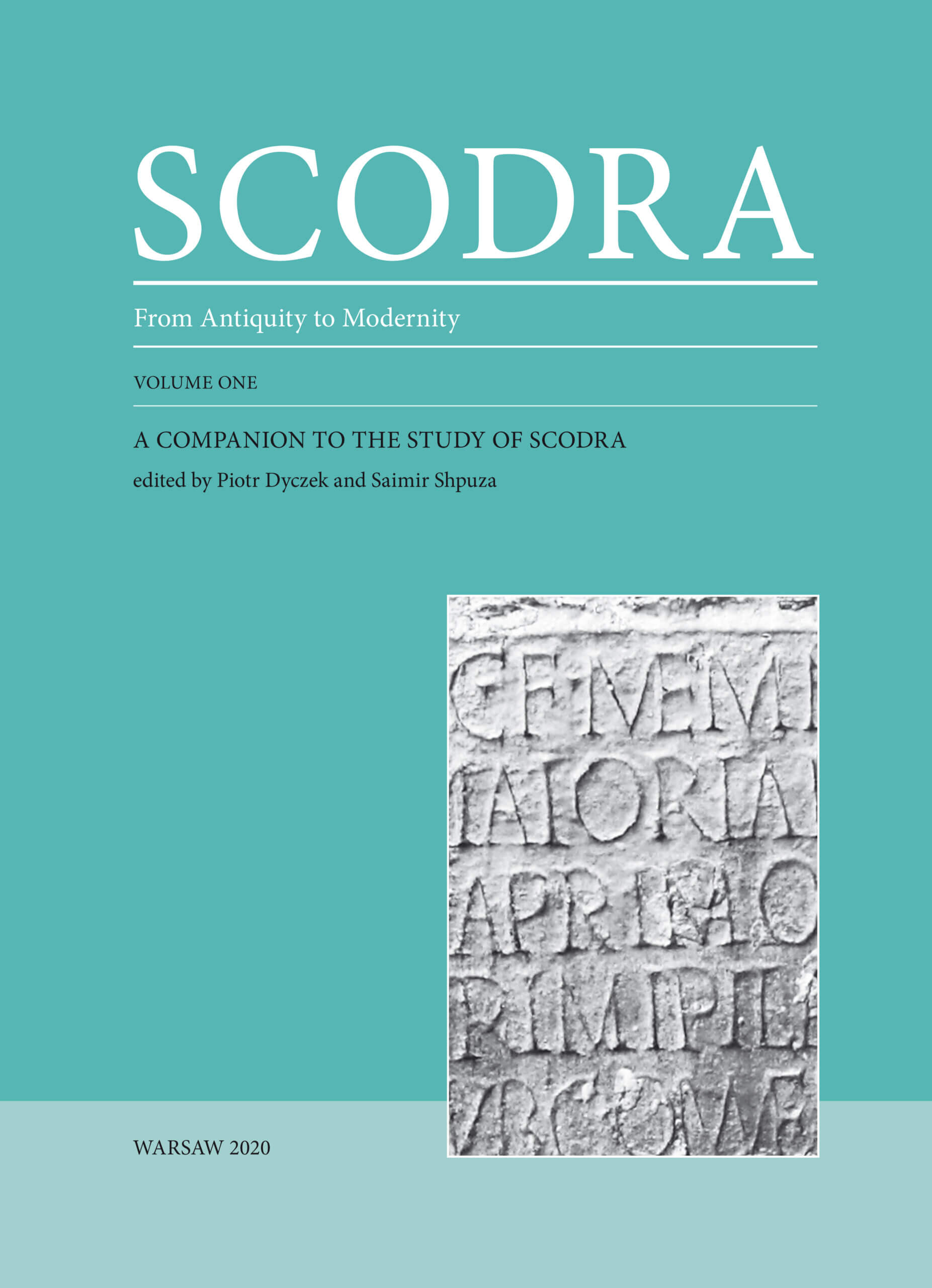Scodra I has been published!

We are very pleased to announce that the first volume of the monography on our studies in Scodra has just left the printing press!
Shkodra/Shkodër lies near the biggest lake in the Balkans, Lake Shkodër, in northern Albania, close to the border with Montenegro, where the Adriatic coastal plain becomes narrower. On a steep hill rising in the fork of the Buna and Drin rivers lie the ruins of the Rosafa fortress. The isolated location, protected by rivers on three sides, was occupied from the Bronze Age. From the beginning it was destined to be a regional center, profiting from the fertile plains at its foot and the nearby lake with plentiful fish, which also opened the route inland.
Recognizing the economic and defensive potential of the location, the Illyrians established their second power center here, the first one being at Rhizon some 85 km away to the north. In his Ab urbe condita, the Roman historian Livy described Shkodra, known to him by its Latin name of Scodra, as munitissima (“very defensive”) and difficilis aditu (“accessed with difficulty”). The area on the summit, 3.5 hectares, actually matches the space available on the Athenian acropolis. When Agron ruled Illyria in the third century BC, at the peak of the kingdom’s development, he made Scodra the seat of his court. In 168 BC, the last king of the Illyrians, Genthius, surrendered to Rome after the Battle of Scodra.
Under the Roman Republic, the town was an important trade and communication center; under the Empire it became an oppidum civium Romanorum, reaching the highest status of a colonia. Administratively in the Illyricum province at first, it was later incorporated into the province of Dalmatia, and even later, it became the capital of the province of Praevalitana created in the wake of Diocletian’s reorganization of the Roman Empire. In medieval times, it changed hands repeatedly, the European powers and the Ottomans alternately leaving behind a legacy even more complex in cultural and ethnic terms than is the rule in the Balkans.
An archaeological survey and excavation program carried out since 2011 by an Albanian-Polish team from the Institute of Archaeology in Tirana and the Center for Research on the Antiquity of Southeastern Europe of the University of Warsaw has resulted in many fascinating discoveries in the city and its surroundings. The present volume, which is the first in a series, presents an important body of data from sectors of the site where the investigations have been concluded and the archaeological finds examined. Excavations are ongoing in Shkodra and on sites lying in the territory of the ancient city. Once they have been completed, they will be presented in successive volumes of this series.
